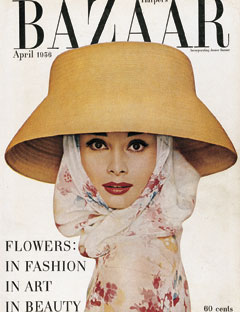
In the 1950s, Audrey Hepburn’s face was splashed on magazines across the globe. She was a big hit. She was fresh. She had style. Harper’s Bazaar, 1956
Readers, at the beginning of this year, I had entertained the idea of writing a juvenile biography of Audrey Hepburn (1929-1993) and the five years she spent in Nazi-occupied Holland as an underground resistance worker. Having read many biographies on Audrey, I was familiar with the yarns about her being a courier for the Dutch Resistance movement against the German occupation and participating in clandestine dance performances to raise money for the cause.
I must say that, after scouring tons of resources -bios, interview transcripts, old Hollywood magazine articles – I am not sure that Audrey actually participated in any underground activities to fight back against the Germans. To begin with, she was only eleven years old when the war started and sixteen when it ended. Her name does not appear – nor does her mother’s – on any government list of resistance activists.
Audrey’s Real World War II Experience
The fact that Audrey did not work in the Dutch Resistance in WWII should not detract from the knowledge that the war took a great toll on Audrey’s physical, mental, and emotional health. She suffered from the horrors of war like any other citizen in a war zone. Germans were everywhere with guns with bayonets and barking attack dogs. Everyone’s liberties were restricted. There was no way to get real news as the newspapers were controlled by the Nazis and filled with propaganda. The BBC in England broadcast reliable news but the Nazis confiscated radios. Audrey saw people executed in the streets and Jewish families loaded into cattle cars bound for death camps.
One of her brothers went into hiding to avoid being deported to a German labor camp. The other brother was deported to Germany. Her own uncle was arrested, imprisoned, then murdered as a reprisal against saboteurs. Sometimes 900 planes a day flew over Arnhem, German, American, and British planes, often engaging in wicked dogfights and crashing nearby. The Battle of Arnhem raged in the streets of the city and outlying towns.
In the winter of 1944-1945, 20,000 Dutch people died of starvation. There was no food to eat. Schools shut down. The trains were not running so no food was being delivered. The people subsisted on a diet of 500 calories a day. They were reduced to eating bread made from flour from crushed tulip bulbs. That “Hunger Winter,” there was no wood to build a fire to warm even one room in the house. It was a very desperate time, with the Germans taking over people’s houses and forcing large groups of people to huddle together in small dwellings.
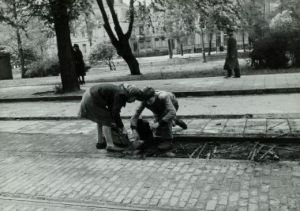
Dutch people strip the tram rails out of the street to use for firewood. This was the last year of the war, a desperate time of scant food and resources known at “The Hunger Winter,” 1944-45.
Audrey almost died from starvation. Her body, adolescent at the time, did not develop adequately and never fully recovered from the deprivations. Her rib cage was underdeveloped, and she suffered from an eating disorder all her life. She was so malnourished that her ankles swelled up and she could barely walk. She retained stretch marks on her ankles from where the skin was stretched from the edema. She suffered from anemia and respiratory problems, too.
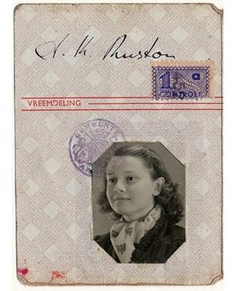
Nazis required all Dutch people over the age of 15 to carry an i.d. card. Here is Audrey’s at age 15. Her card doesn’t bear the dreaded letter, J, for Jew, which would mark her for deportation to the east for gassing at Auschwitz. 1944
For a long time after the war was over, she had no stamina. She would go on eating binges, as she herself said: she couldn’t just eat one spoonful out of the jelly jar. She had to eat and eat until the jar was empty! She would then get fat, then diet herself back to rail thinness so she could compete in the worlds of ballet, modeling, stage, and screen. She forever was nervous, adored chocolate most of all, worked hard, and chain smoked, dying of cancer at the relatively young age of 63.
What They Tried to Make us Believe about Audrey’s War Time
In interviews, Audrey did not volunteer that she was a resistance worker. She didn’t really talk about the war days. Those stories were mostly generated in the fifties by her Hollywood publicists, largely appearing in popular magazines such as Modern Screen and Photoplay. Although the stories were mostly false, they entered the public lore, were repeated in article after article, and thus acquired an undeserved air of authenticity. Some of the stories include:
- Audrey helped a downed Allied pilot in the woods. She encountered a German patrol on the way and pretended to just be picking flowers.
- Audrey was almost deported by the Germans.
- Audrey hid in a basement for a month with only a few apples to eat to avoid being picked up by a Nazi patrol who wanted her for a cook.
- Audrey delivered illegal newspapers on her bicycle.
- Audrey danced in blacked-out homes to an audience that didn’t clap for fear they would be discovered by the Nazis (Audrey claims this part is true; how many times did she do it, though, once? Also, her ballet teacher was a Dutch Nazi, so I doubt she would have approved of Audrey dancing for the Resistance.)
However, this resistance worker that braved life and limb for country and kin did not exist except in magazine articles. That Audrey Hepburn was a invention of Hollywood’s.
The irony is that Audrey’s World War II experience needed no embellishment. It is a tale of great endurance, of courage in the face of daily fear.
The lies about her involvement with the Dutch Resistance weren’t Audrey’s fault. Myth making was show business in the fifties. Hollywood wanted control. Hollywood wanted its leading ladies squeaky clean and, if they could keep her that way, Audrey was going to be a big star.
The Hollywood image machine went into overdrive creating the myth of Perfect Audrey, the Resistance Worker, to cover up the embarrassing truth about her past and her roots. They claimed her father was an international banker (a lie) and that her mother was a Dutch noblewoman (which was true, but no one mentioned that she liked rich playboys). Hollywood created this myth because Audrey Hepburn had a lot of skeletons rattling around in her closet. As it turns out, her parents – the Dutch Baroness Ella van Heemstra and her British husband Joseph Anthony Ruston — did some very bad things with some very bad people before and during World War II. And neither of them was a decent parent to little and lovely Audrey.
In 1953, Audrey won the Best Actress Oscar for her debut American film, “Roman Holiday.”
Even a hint of scandal would have jeopardized Audrey’s budding career; Americans had no stomach for Nazis. So the Hollywood image makers hid the truth.
What Her Parents Were Really Like
The truth can now be told: Audrey’s parents were devotees of the notorious British fascist, Sir Oswald Mosley, a Hitler wannabe, whose followers were called the Blackshirts (the British Union of Fascists or BUF). Mosley, like Hitler, blamed the Jews for all the problems Britain faced. There was no truth to this monstruous lie, but this is how fascists always derive their short-term power, by turning one group of citizens against another.
 In October 1934, Mosley was losing steam politically so, in order to keep his following and funding, he ramped up the anti-Semitic rhetoric. At the Albert Hall in London, he addressed a huge crowd, saying,
In October 1934, Mosley was losing steam politically so, in order to keep his following and funding, he ramped up the anti-Semitic rhetoric. At the Albert Hall in London, he addressed a huge crowd, saying,
I openly and publicly challenge the Jewish interest in this country commanding commerce, commanding the press, commanding the cinema, commanding the City of London, commanding sweatshops.” (1)
What Audrey’s Parents Did for Her Sixth Birthday
Audrey Ruston Hepburn turned six years old on May 4, 1935, in Brussels, Belgium, but neither of her parents were there with her to celebrate. Ella and “Joe” were touring Germany with a delegation from Mosley’s BUF. They were there to observe what a wonderful job the Nazis had done in restoring the German economy. Along with the infamous Unity Mitford of England, Hitler’s lackey, they toured autobahns, factories, schools, and housing developments.
Then Audrey’s parents met Hitler himself at the Nazis’ Brown House headquarters in Munich. A photo was taken of Ella in front of the Brown House, showing her with her friends Unity and Pam Mitford. Upon her return, Ella put the photo in a silver frame and displayed it proudly in her home.
Shortly after Audrey’s parents returned from Germany, her father and mother had a terrible argument. Audrey’s father walked out on the family, leaving her, her mother, and her two half-brothers to fend for themselves. (This was Ella’s second marriage). Some said Joe was a big drinker and that had caused the split-up. Others said he was a womanizer, with a lover or two on the side. Worse, it was rumored that the Dutch Queen Wilhelmina had spoken to Ella’s father, the Baron, about Joe’s embarrassing politics and told him to tell Ella to end the marriage.
Chances are, though, that Joe just wanted to be free of domestic entanglements to pursue his rabid anti-Communist agenda. At that time, he was very active in the Belgian fascist party, the Rexists. He would soon divide his time between Belgium and England.
Audrey remembers her mother sobbing for days on end, mourning the loss of yet another husband. But Ella must have recovered herself fairly quickly because, four months later, she was back in Germany with the Mitford sisters, this time, to witness the military pageantry of a Nuremberg Rally (and have a quick fling with the sexy and much younger journalist Micky Burn).
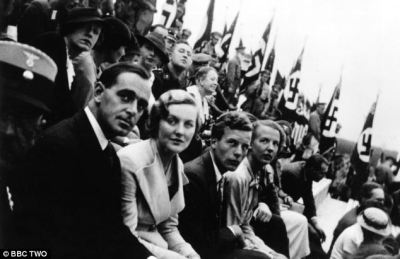
British citizens at the Nuremberg Rally, Germany, ca. 1935-35. Second from left is Diana Mitford, who marries Sir Oswald Mosley. Third from left is journalist Michael (“Micky”) Burn.
Upon her return to Brussels, Ella wrote a gushing editorial in The Blackshirt, extolling Hitler’s virtues:
At Nuremberg…What stuck me most forcibly amongst the million and one impressions I received there were (a) the wonderful fitness of every man and woman one saw, on parades or in the street; and (b) the refreshing atmosphere around one, the absolute freedom from any form of mental pressure or depression.
These people certainly live in spiritual comfort….
From Nuremberg I went to Munich….I never heard an angry word….They [the German people] are happy….
Well may Adolf Hitler be proud of the rebirth of this great country…” (2)
Ella’s article appeared in column two of The Blackshirt. To its right, in column three, appeared this anti-Jewish propaganda fiction purportedly written by someone named “H. Saunders”:
I walked along Oxford-street, Piccadilly, and Coventry-street last Saturday and I thought I had stepped into a foreign country.
A Jew converted to Christianity becomes a hidden Jew, and a greater menace. Jews have conquered England without a war….” (2)
What Ella did Next
In 1939, Baroness Ella van Heemstra, now divorced, moved with Audrey to Arnhem, the Netherlands, where her parents lived. Ella’s noble and esteemed father, A.J.A.A. Baron van Heemstra, had been the mayor of Arnhem from 1910-1920.
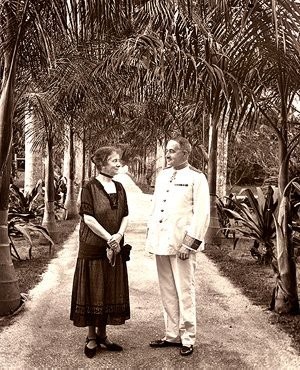
Audrey’s maternal grandparents, Baroness Elbrig van Asbeck and Baron Aernoud van Heemstra, pictured in Suriname (the Dutch East Indies) where the Baron was governor 1920-28.
Then, in May 1940, the Nazis invaded the Netherlands. Ella and Audrey would spend the entire war years in Arnhem, (1940-1945) yet they would not live with Audrey’s grandparents much of the time.
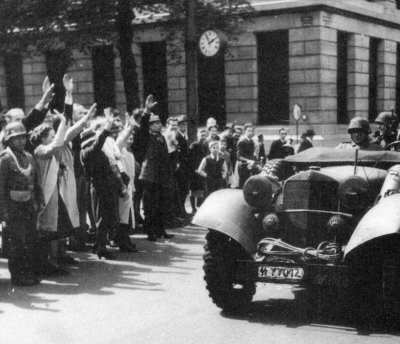
In May 1940, the Nazis invaded the Netherlands. Sadly, there were Dutch citizens sympathetic to the Nazi Party. Here they provide the invading troops with the Nazi salute. These Nazi sympathizers were called “NSBers.” They were collaborators and were always spying for the Nazis. May 1940
Although he had, at an earlier time, been somewhat pro-German in his outlook, the Baron van Heemstra had changed his views. When the Nazis occupied Arnhem, they tried to coerce him to become the director of a disgraceful charity called Winterhulp. However, the Baron refused the post. Stung, the Germans struck back. As a reprisal, early in 1942, they confiscated many of his lands, houses, bank accounts, stocks, and even jewelry. German soldiers were quartered in his grand home at Zijpendaal and he was forced to move to his country homes in the small villages of Velp and Oosterbeek.
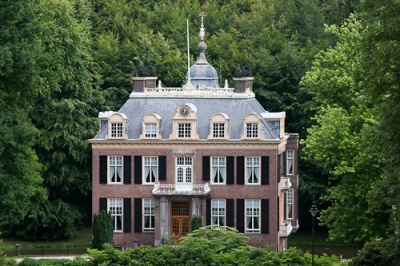
Castle Zijpendaal (or Zypendaal) in Arnhem, the Netherlands. This was the home of Audrey’s maternal grandparents.
Ella, on the other hand, had none of her father’s integrity. She liked to drink and she liked to have a good time. The way she saw it, the Germans had all the good things that she lacked. Unlike the average Dutch person, the German officers drank real coffee and real tea and champagne. They had cars, too, and petrol to put in them, whereas the Dutch citizens couldn’t even take their bicycles out into the street without the Germans commandeering them. Ella liked the good life and the German officers could give it to her. She openly fraternized with them, having them into the family home, and going out with them in their cars, even crossing the border and driving into Germany for entertainment. She even organized a cultural evening in Dusseldorf, Germany, along with the regional head of the NSDAP (the Dutch Nazi Party). She was ruthless in pursuit of pleasure.
The illegal press of the Dutch Resistance suspected the Baroness of being an agent for the Gestapo (the Nazi secret police). She worked for the German Red Cross in the Diaconessenhuis (hospital) in Arnhem, nursing wounded German soldiers. Before the war, Ella had already displayed a Nazi swastika and a German eagle on the wall of her house in Arnhem. (3) She was the worst of the worst. And this is the home and the atmosphere in which she raised sensitive Audrey.
Hatred ran so high against the van Heemstra family – because of Ella’s Nazi sympathies and her collaboration with the Germans – that, when the Allies liberated Arnhem in May, 1945, the Baron had to hang his head in shame. He felt compelled to leave town and move to the Hague. (4)
With the war behind them, Ella concentrated her energies in forging ties with people who could further daughter Audrey’s career in becoming a prima ballerina, then a model, followed by a film star. They lived in Amsterdam for a time and then The Hague before settling in London.
What Joe Had Been Doing
Meanwhile, in the time since Audrey’s father had left his family, he had managed to get in a lot of legal and financial trouble. From 1935-1940, “Joe” Ruston was involved in multiple questionable business transactions that kept landing his name in the news in the Netherlands, England, and Belgium. In 1938, for example, he was being investigated by both the Belgium Parliament and the British House of Commons for his involvement in a corporation with financial ties to the Third Reich:
Mr. Anthony Ruston, a director of the European Press Agency, Ltd. [was] alleged in the Belgian parliament to have received £110,000 from German industrial chiefs in close touch with Dr. Goebbels [Nazi propaganda minister] to publish an anti-communist newspaper.” (5)
His two business partners at the European Press Agency were a Nazi lawyer and a member of the Gestapo.
Curiously, a year later, Anthony Ruston officially renounced and abandoned the name Anthony Joseph Victor Ruston and adopted the new name of Anthony Joseph Victor HEPBURN-Ruston. (6) Ruston claimed to have had a Hepburn relative with blood ties to James Hepburn, 4th Earl of Bothwell, the fourth husband of Mary, Queen of Scots. But the claim was bogus. True, there was a marriage to a Hepburn in his family line but there was no issue of which Ruston is kin.
Perhaps Ruston was attempting to prove his Britishness by connecting himself with a Scottish king. War clouds were gathering over Britain and Ruston was in hot water for his connections with Germany.
In June 1940, the Battle of Britain had begun, and England was earnestly at war with Germany. Anthony Ruston was arrested and imprisoned in England under Defense Regulation 18B, as he was considered an enemy of the state for his membership in “the British Union of Fascists…and as an associate of foreign fascists.” (7) He was interned for the duration of WWII, after which he settled in Ireland.
Sources:
(1) Dalley, Jan. Diana Mosley: A Biography of the Glamorous Mitford Sister who Became Hitler’s Friend and Married the Leader of Britain’s Fascists. New York: Alfred A. Knopf, 2000. p. 195
(2) “At Nuremberg,” The Blackshirt, October 11, 1935.
(3) 1557 Documentatiecollectie Tweede Wereldoorlog. Inventory number 247 Audrey Hepburn. Gelders Archive. Arnhem, the Netherlands.
(4) Heemstra, Aarnoud Jan Anne Aleid Baron (1871-1957). Huygens: Biographical Dictionary of the Netherlands. (online)
(5) “Banned Nazi Barrister ‘Plays Violin Beautifully,'” Daily Express, March 31, 1938. (Manchester, UK newspaper with leading circulation in the 1930s)
(6) The London Gazette, April 21, 1939.
(7) Public Record, reference # KV 2/3190. The National Archives, Kew, UK
For more on Audrey Hepburn, click here.
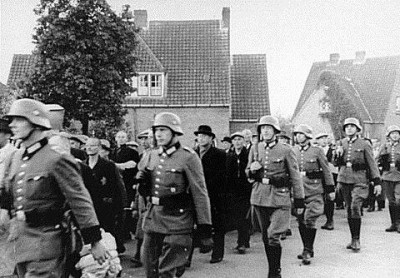
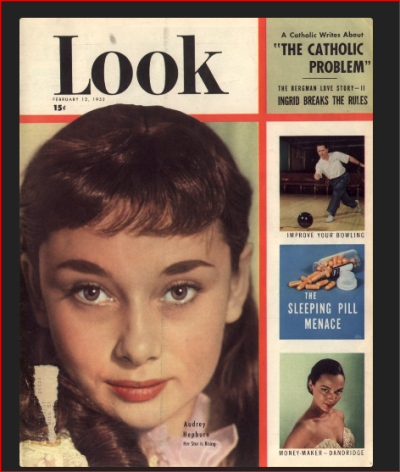

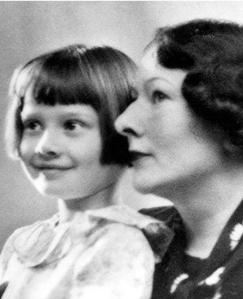
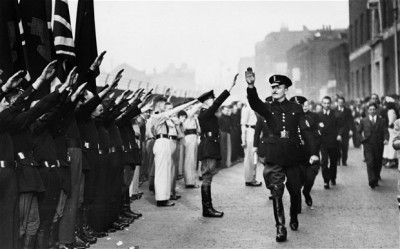
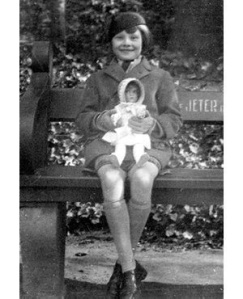
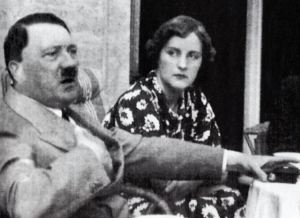

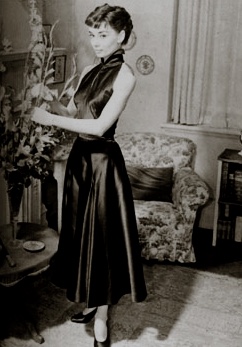
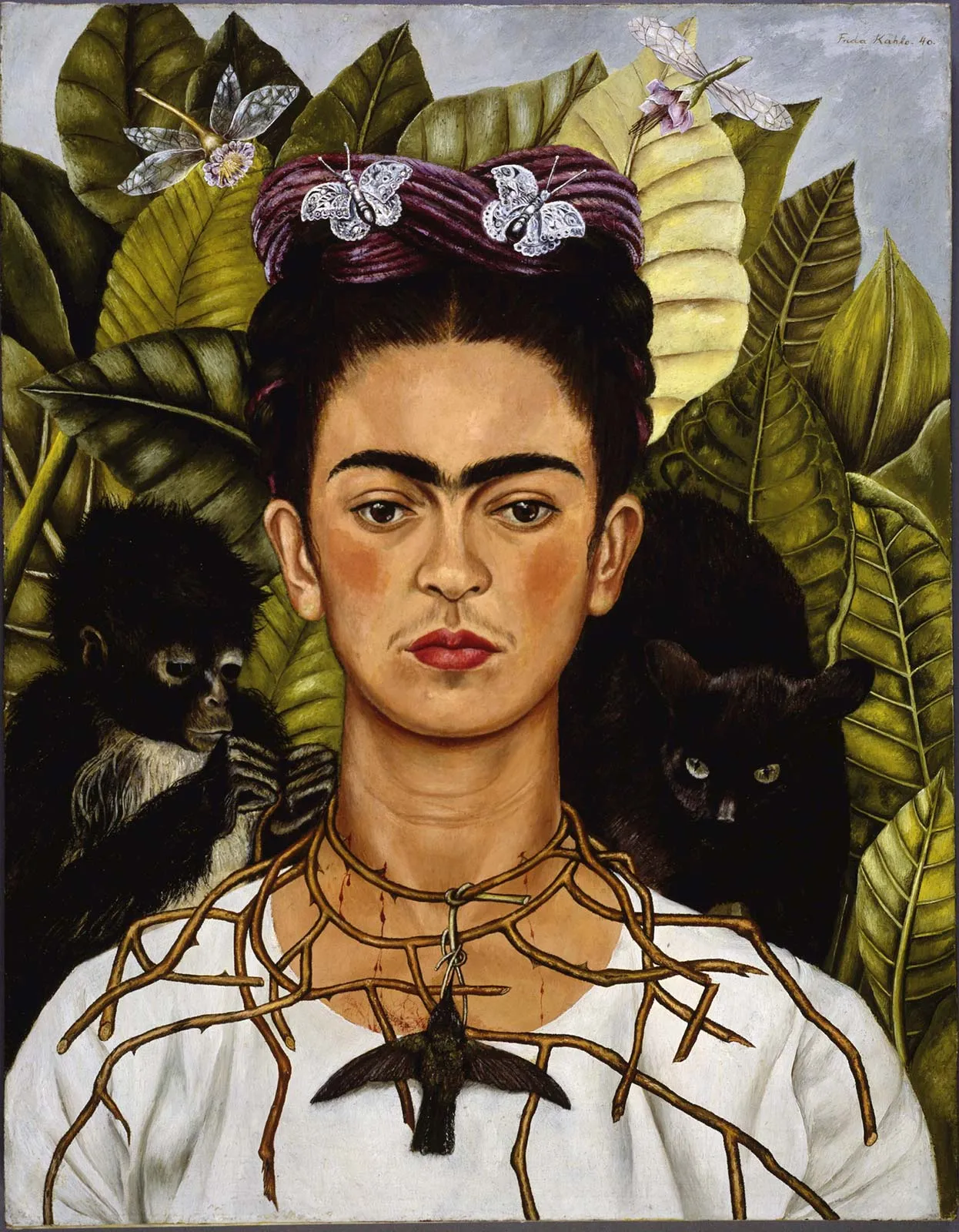





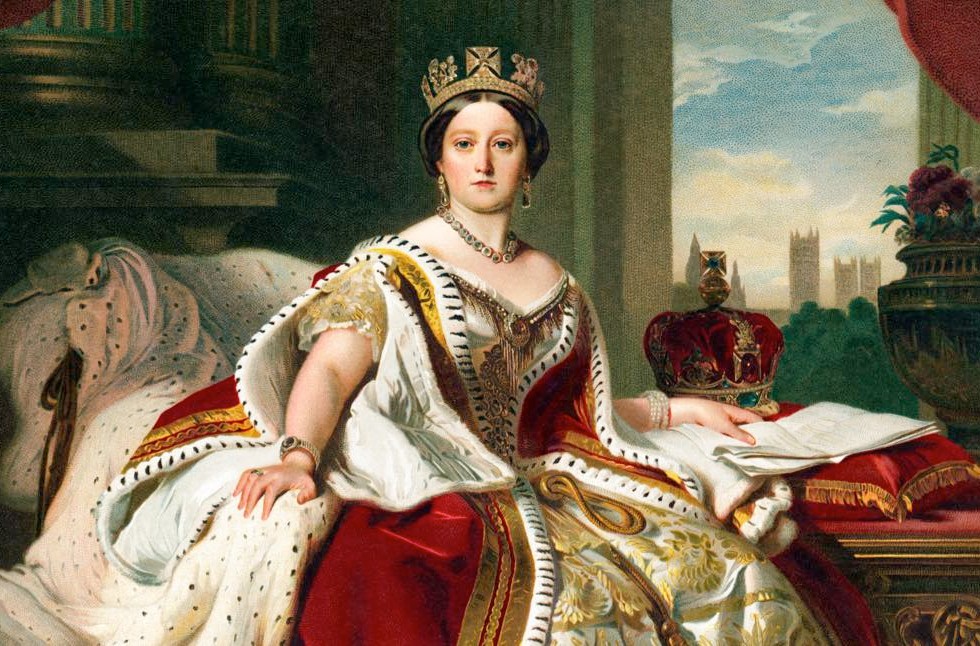

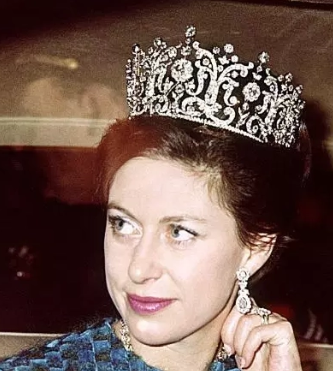







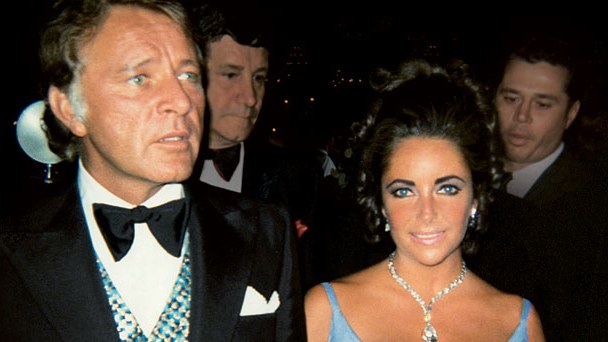


Wow. This is incredible information.
LikeLike
Skeletons, indeed! I hadn’t heard all those opposition rumors about her before…and definitely I hadn’t heard about her parents! I have family who lived in Holland during the German occupation, though, and I heard about their Hunger winter…so crazy. Makes me very grateful for the food I have.
Awesome post…as always 🙂
LikeLike
Ok, now I’m going to your blog. I’m going to tell my daughter about it, too.
LikeLike
Really love your blog and Instagram. Wish I could comment on your blog. Onion story is very funny. I like thinking of your mom in this way.
LikeLike
I didn’t know anything about her past. This was an excellent article and I enjoyed reading it very much!
LikeLike
So glad it pleases you, Jonell.
LikeLike
Reblogged this on Unshackled.
LikeLike
This is clearly a well researched post, and I recognize a lot of the information from Audrey biographies I have also read. Kudos to you! However, because it’s so well researched, I don’t understand why you insist that Audrey didn’t work on behalf of the Dutch Resistance. She most definitely did. She even talks about it a little bit in her Roman Holiday screen test!
No, she was not a formal operative, which is why you won’t find her name listed anywhere as such. You are right that she was a child, so she wasn’t involved in any espionage activities. But she DID raise money for the resistance through performances, and she DID carry messages and leaflets and packages for them, and she DID direct that paratrooper to a safe location. This is all fact. As Audrey herself explained, a number of children did these kinds of things, to make some contribution to the war effort and because they were less likely to be hassled by the Germans.
Now, was her wartime experience sometimes embellished by the media? Certainly. A good example would be the story of her staying in a cellar for a month to hide from the Germans. That didn’t happen. But her involvement with the Dutch Resistance was most definitely real and is well documented.
LikeLike
Sam, good to hear from you. I have seen the screen test. She only says that “I did give performances to collect money for the underground, which always needed money.” In her 1990 Donahue interview, she mentions that she listened to underground radio; it is her only mention of the underground. Lou Pollock, Modern Screen, wrote the story about the paratrooper. Only Audrey’s son claims that she delivered a newspaper for the underground once.
Audrey was caught in the Hollywood image machine. Her public relations team was in overdrive making up stuff about her past. She did not work for the underground. I have done extensive research in Arnhem and the Hague with the help of librarians, police departments, and the war department, and have paid to have official Dutch documents translated into English so that I could learn the truth about Audrey. I have read every book written on her. There are many falsehoods written about her and she has made the claim that her father was Irish, although he was English. (Irish sympathies were for the Nazis.)
Also, she was never referred to as Edda in the Netherlands. Acquaintances who are interviewed always refer to her as Audrey. She has said that she had to learn Dutch but has not ever said her name was Edda. In Dutch newspaper reviews of her ballet performances 1941-1944, she is consistently referred to as Audrey Hepburn. Even stranger is her Belgian birth certificate, listing her name as “Ondrey.” English war hero and journalist, Micky Burn, told his friends that she was called Ondrey and then the name was changed to Audrey.
So much of what one person wrote about her in fancy got cut and pasted repeatedly over the years in biographies and magazine articles.
LikeLike
[…] [12] https://www.biography.com/news/audrey-hepburn-facts-biography; https://www.vn.nl/audrey-hepburn-sprookje-van-een-angstig-leven/; https://lisawallerrogers.com/2014/11/13/audrey-hepburn-the-family-skeletons/ . […]
LikeLike
Lisa,
This is great research – but I don’t understand why you say that Audrey herself was not responsible for spreading the untruth that she was involved in resistance activities. She began this herself on the screen test, as you acknowledge.
It is repeated here, on the official website run by her son, Luca Dotti:
http://www.audreyhepburn.com/menu/index.php?idMenu=50
I’ve always liked Audrey Hepburn and I think she sincerely loathed Naziism. I also think that she isn’t to be blamed for her parents awful politics. But I do think that she was responsible for misleading people.
Moreover, she also compared herself often to Anne Frank, which I think is offensive. She said that when she read the diary, it was as if Anne were describing her life. This is nonsense. Anne Frank and her family were dragged off and exterminated. Audrey suffered hardship under occupation but no worse than any other Christian Dutch person.
I have to say this does affect my feelings toward her negatively. Just because she was in her person the most enchantingly elegant woman ever to hit Hollywood (well, I think so) should not affect our rational faculties.
LikeLike
Hello, thanks for the interesting comment. I don’t think Audrey had a full picture of what was going on in Holland-who were collaborators, who were not. She was in her mid-teens and very ill at war’s end. She did suffer much worse than other Christian Dutch people as she lived in Arnhem thru the Starving Winter. I believe she identified with Anne Frank because they both lost those important years in their early lives. Audrey’s health was negatively influenced from her period of starvation. She longed to be a dancer but never recovered enough physical strength to master its skills.
I appreciate your opinions. Even now, it’s still not crystal clear who were the good guys and bad guys in Occupied Holland. There are few physical records, as they would have been too incriminating. Best, Lisa
LikeLike
Note that Suriname was a Dutch Colony in Dutch Guiana, NOT the Dutch-East-Indies.
LikeLike
FD, thank you for the comment. The term, the Dutch East Indies, was used broadly to include Suriname, accurate or not.
LikeLike
To Gothamette: It’s saddening and pardon me, kind of messed up, that you feel offended for a war survivor. She may have not experienced war like the poor Anne Frank and millions of Jewish people did but nonetheless was a child victim in the occupied Holland under the Germans. There were also forced labor and casualties from the Dutch, just less publicized. Furthermore, she never really put herself on the table to compare with Anne Frank, but reportedly admitted that she was haunted by Anne’s story and subsequently refused the part to play Anne Frank in the original “The Diary of Anne Frank” in 1959. And please don’t just remember her as “the most enchantingly elegant woman ever to hit Hollywood”, Audrey Hepburn is a great deal more than that :).
LikeLike
Nobody has mentioned her work with Unicef. She was deeply humanitarian. “I have a broken heart. I feel desperate. I can’t stand the idea that two million people are in imminent danger of starving to death, many of them children, [and] not because there isn’t tons of food sitting in the northern port of Shoa. It can’t be distributed. Last spring, Red Cross and UNICEF workers were ordered out of the northern provinces because of two simultaneous civil wars… I went into rebel country and saw mothers and their children who had walked for ten days, even three weeks, looking for food, settling onto the desert floor into makeshift camps where they may die. Horrible. That image is too much for me. The ‘Third World’ is a term I don’t like very much, because we’re all one world. I want people to know that the largest part of humanity is suffering.”
LikeLike
I am interested in Audrey’s time in the village of Elham in Kent. For a term until May 4th 1940 she attended a small primary school at Westbank in Elham. I was a pupil at that school but I was only 5 years old and in bottom class and Audrey was 10 years old and in top class. I only vaguely remember her but she befriended my cousin Gill who was also 10 years old and in the same class. Gill died some years ago I believe I am one of a few people still alive who can claim to have gone to school with Audrey Ruston later known as Audrey Hepburn. I would be delighted to hear from anyone who attended Westbank School 1940 – 1944 when it closed, with memories of those Lockdown early war years.
LikeLike
Some of the above information is wrong when referring to the Mitford sisters and their association with Hitler.
Pamela Mitford had nothing to do with Hitler and was married to an Oxford don. Mary Mitford was an author from a previous era and not related to the Mitford Sisters.
LikeLike
John Palmer, you were absolutely right about my reporting on Mary Mitford. My source had it wrong. I have made the correction. I must look further into the statement that Pamela Mitford was in that photo. Many thanks, Lisa
LikeLike
I disagree, Audrey did work in what we called the underground. She used to carry messages written on small pieces of paper, inside her shoes. and brought them to those that needed these messages. She used to come right after the war to my hometown to visit the mayor and his family and stayed with them quite often. Ineke van Noorel
LikeLike
Ineke, thank you for your reply. There is no proof, no corroboration from those who worked in the Underground that Audrey was a participant.
LikeLike
Again, I noticed some discrepancies namely that for some Dutch people, the war was not that bad. I lived through it myself, starting as a child, and it was bad. Many illnesses, no vitamins, healthcare at a minimum. And always the fear, fear of the terrors of war, of new troops coming who then would search your home and take anything made of copper and brass with them to be sent to the weapons factories in Germany (also church tower bells). or they would take the men and sent them on transport to work in weapons factories in Germany. Most German men had been drafted in the German Army, and they needed men to do men’s work in the factories. Many elderly people now, that are my age, and I am in my mid eighties, from western and eastern countries of Europe have come down with terrible ilnesses, specially auto immuun ones, that were started by the awful stresses under which we lived during the war, and that did damage to the different body systems we have. There might be no proof that Audrey helped the resistance, but she did. If messages retrieved from German Arrmy conversations, had to be relayed to allied forces in Great Britain, all via, via, via, many times it was done by young people. Nobody would think that a very young girl like Audrey, had a small piece of paper with a message on it, hidden
in the sole of her shoes. But she did. My Father was asked to give a speech to remember all those that had died at the hands of the enemy, this was in 1950, he died 20 minutes after the speech was given because of a stroke. Americans do not have a clue how life was in WWII, they tell me that they have watched many war movies. That is not the same as having gone through it in reality. Really every day I think of those years! I remember the many refugees we had in our home, every day new ones, also the Jewish people we had. The many air fights between allied airplanes and German planes. The missiles, the V1’s and the V2’s sizzling overhead and killing so many people. The many bombs that fell. Forbidden to read any newspaper or listen to the radio. Forbidden to be outside in the evening. The razzzias. so frightening. We all suffered from the fears, my sister with Tuberculosis, I with my many ilnessess. The one Jewish woman in the war, who jumped out of a 4 story window as she could not get over the frightening memories of the war, and by that time it was 11 years after we had been liberated by the Canadians!! I will always remember all the Jewish people who died and suffered so much. My own relatives who were hit by the V1’s and who died. And I will never forget the one German Soldier,who lived in our front living room with other German soldiers. One day he came at midday back to our house, carrying bread, butter and cheese and told my Mother, who was so afraid of him, that this was food “fur Ihre Madchen (four your girls, since we were ill again). my Mom did not dare to look at him. He had rung the front door bell and she was afraid to take the food and had fear that anybody would see her taking something from the enemy. Then she looked at his face and was amazed! He had the kindest face. She said: Danke, Danke, Danke!! He came back that evening and met my Father and they had something in common, they both worked for the equivalent of the IRS: Das Steueramt!! And they both had each two girls!! Then he asked my sister if he could write a few lines in her poetry album. This is what he wrote: “Mit Gott Fang an, mit Gott hor auf, das ist der schonsten Lebenslauf. In freundschaft, Ihre Offizer Wilhelm Braun. (translated: we Start with God, we end with God, it is the most beautiful way of life. In Friendship, Officer Wilhelm Braun. To that I say: I will follow the King, my Leader, my Savior, my Redeemer!!! Seek Ye first the Kingdom of God and everything else shall be added on to you!! Amen!!
LikeLike
Audrey’s father must have been a weird character indeed. According to the GENI-site, he was born in Bohemia (Uzice) as the son of a jewish mother, Anna Juliana Franziska Wels, herself the daughter of Anton Wedeles. Why did a half jewish man become a staunch supporter of nazism? Most probably in order to hide this ancestry and create the impression that he was a real ”aryan”. The fact that he took the aristocratic Hepburn name points in the same direction. Cheating seems to have been his main occupation ….
LikeLike
Without doubt, Audrey was scarred by the war, mentally and physically, and missed her father when he left the family. Before returning to Arnhem on May 4th 1940, she had been attending my primary school in Elham, Kent, and befriended my cousin Jill, who was of a similar age. I was almost 5 years younger than Audrey so we not in the same class. but I was delighted when she achieved stardom in the film Roman Holiday. I am now 87 years old and probably the only person from that school who can recall Audrey.
LikeLike
Hi. Do you recall what name Audrey used in her early years? Lisa
LikeLike
Yes, Audrey Ruston. She was also known as Little Audrey by some of the villages. I also have a picture of Audrey and my cousin Jill in Miss Hammond’s dance class taken in Elham in 1936/37.
LikeLike
Looking at her ancestry, Anna Juliana was possibly remotely, fractionally Jewish (if that) and he likely didn’t know. Why is this so important?
LikeLike
I knew Micky Burn, the journalist shown in the photo above. He was a friend of the family. He had a hand in Audrey Hepburn’s recovery after the war. Drop me a line if you want more information.
LikeLike